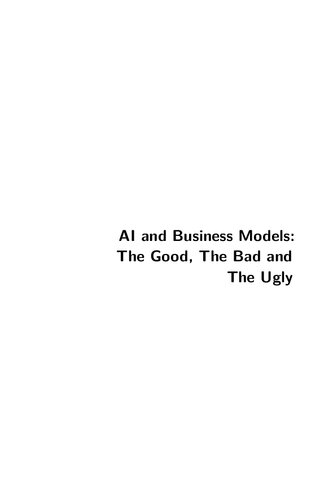

Most ebook files are in PDF format, so you can easily read them using various software such as Foxit Reader or directly on the Google Chrome browser.
Some ebook files are released by publishers in other formats such as .awz, .mobi, .epub, .fb2, etc. You may need to install specific software to read these formats on mobile/PC, such as Calibre.
Please read the tutorial at this link: https://ebookbell.com/faq
We offer FREE conversion to the popular formats you request; however, this may take some time. Therefore, right after payment, please email us, and we will try to provide the service as quickly as possible.
For some exceptional file formats or broken links (if any), please refrain from opening any disputes. Instead, email us first, and we will try to assist within a maximum of 6 hours.
EbookBell Team

4.8
44 reviewsService Industrialization, Employment and Wages in the US Information Economy has three main research objectives: examine the impact of service industrialization on employment and wages in the US and understand the forces that drive them; using national income and labor data until 2017 to present a macroeconomic context for an analysis of employment and wages; and identify implications of the above for management and public policy. After a brief introduction, the authors present a review of relevant literature. The third section discusses service industrialization and the “services revolution”. The authors present an update of the major trends in the US economy up to 2017 in the fourth section. The fifth section identifies and discusses the forces including service industrialization that are driving the changes in the economy with an emphasis on the employment and job effects. The sixth section presents a more detailed breakdown of jobs based on SOC (Standard Occupational Classification) codes, and wages by sectors based on NAICS (North American Industrial Classification System) codes. The seventh section presents other important observations and conclusions regarding service industrialization and demographic changes in the seventh section. In the eighth section, the monograph reviews the implications of the trends discussed earlier for managers and policy makers to address the issues that are being faced at all levels of the economy. The final section presents concluding remarks about the potential for future research.